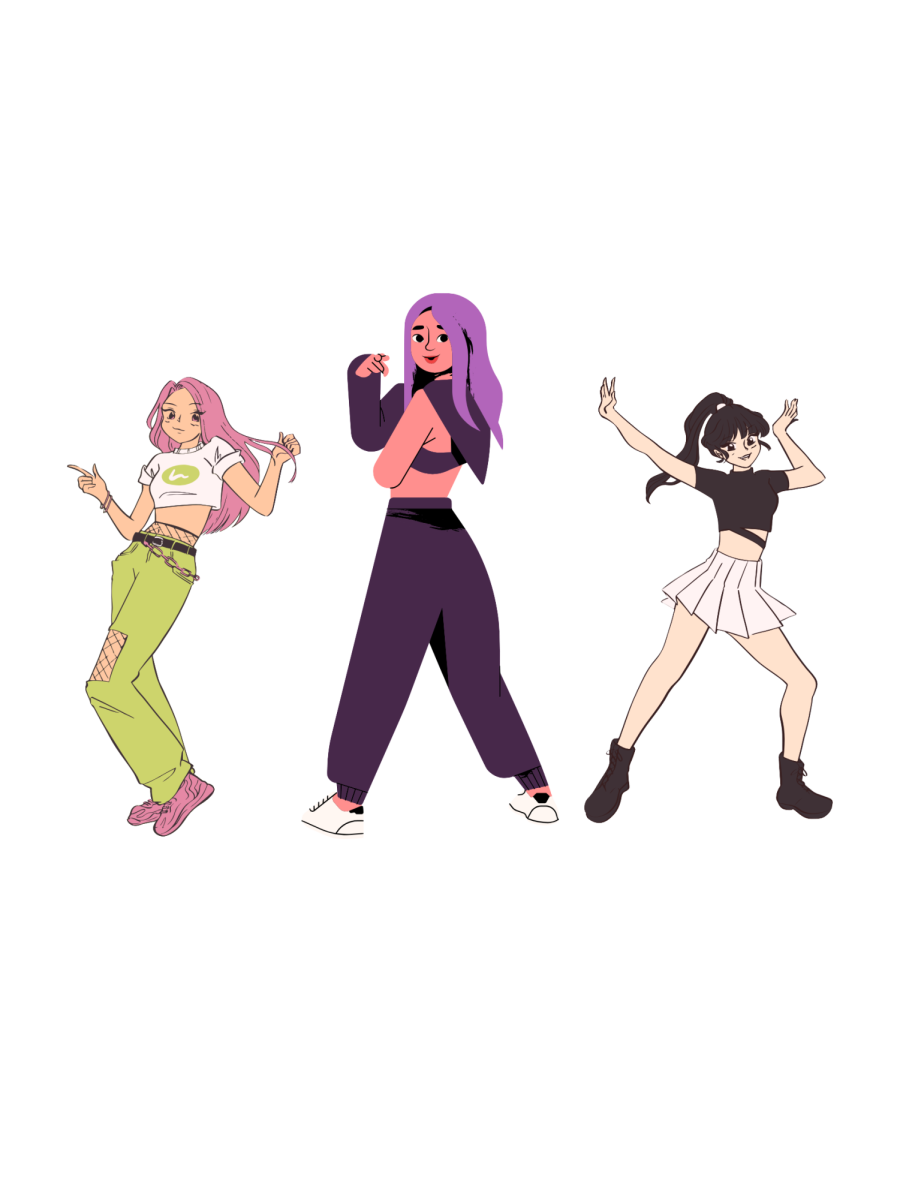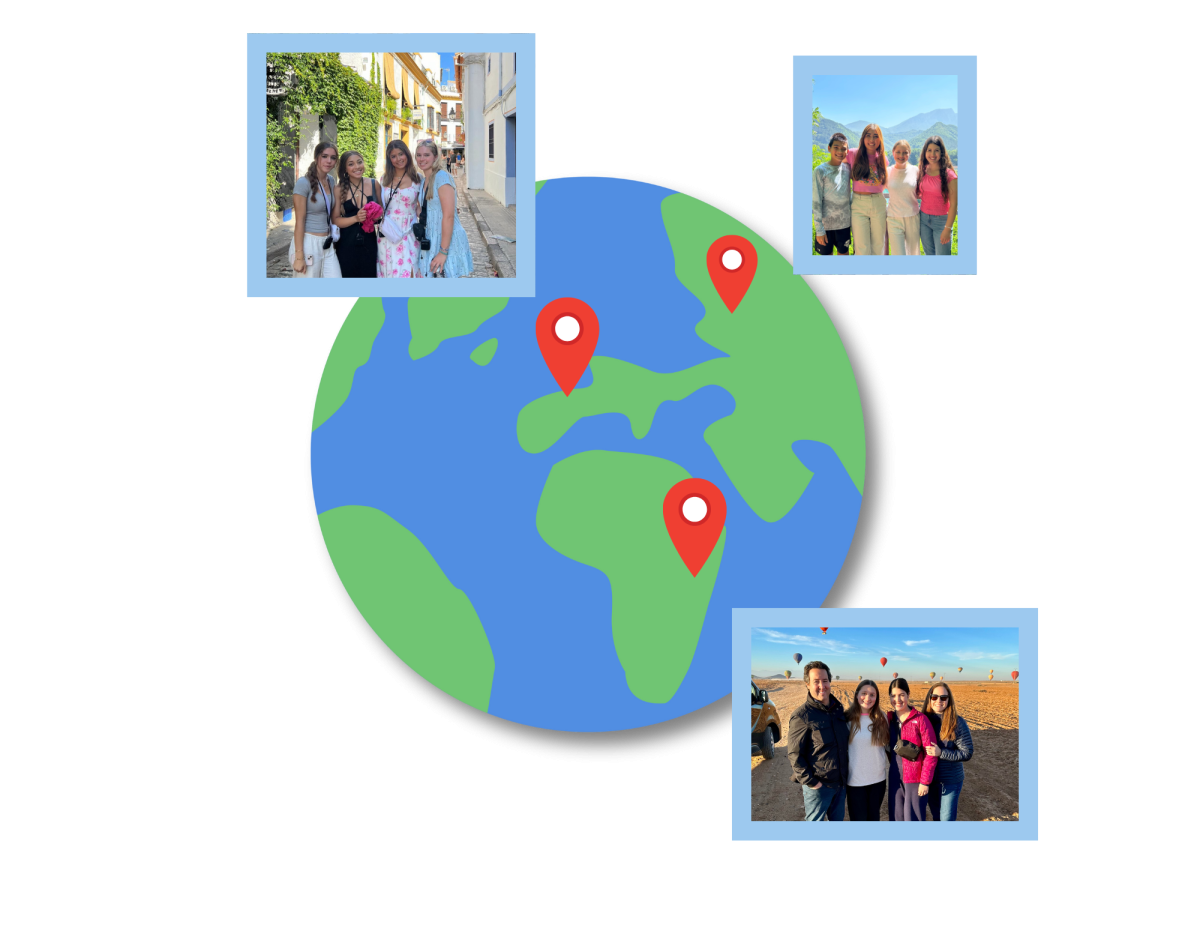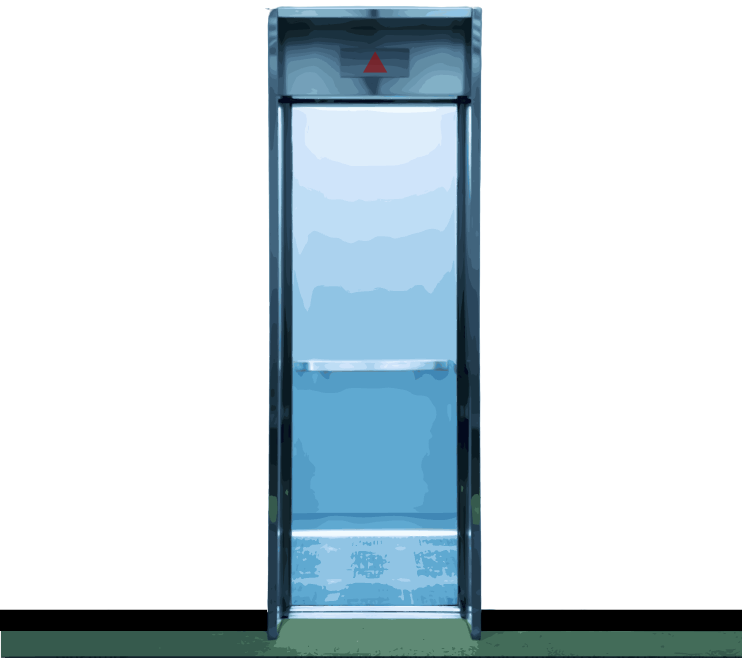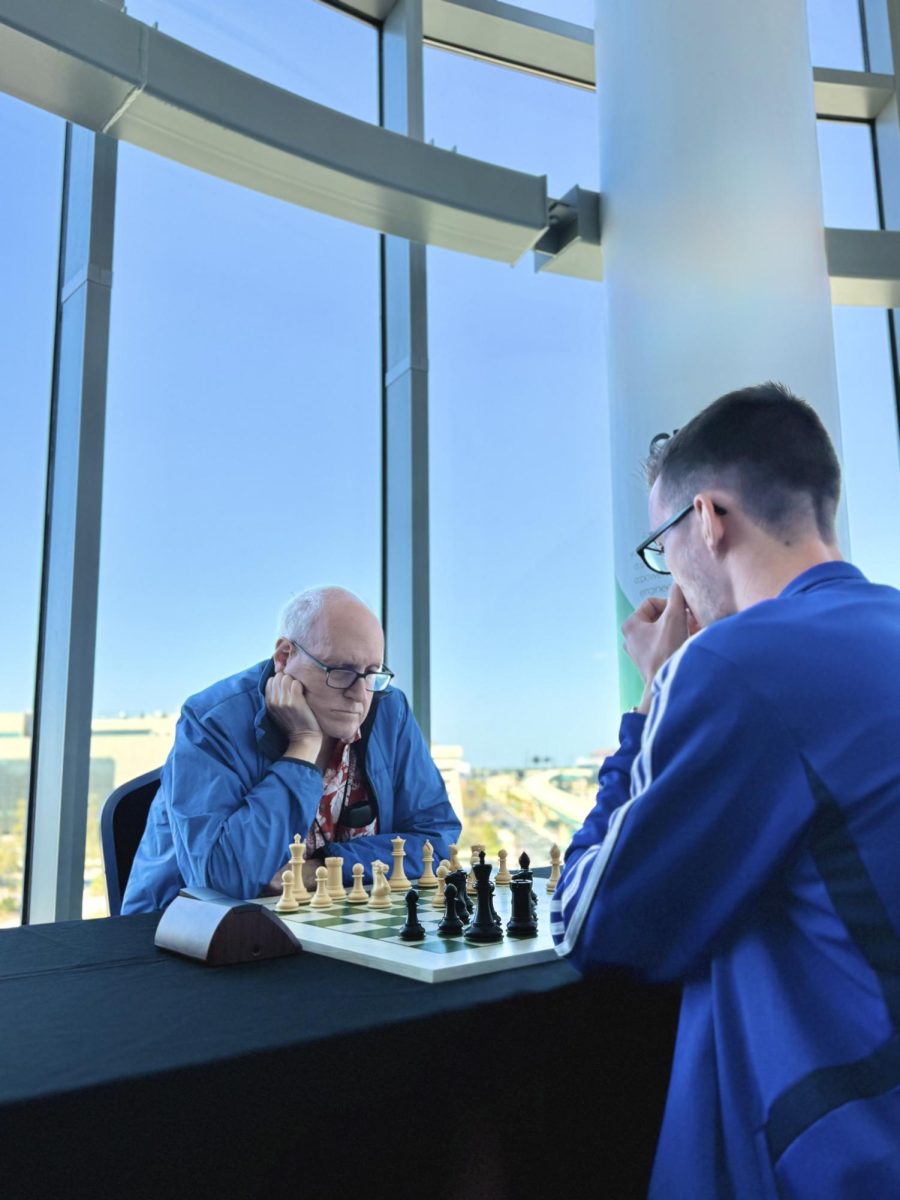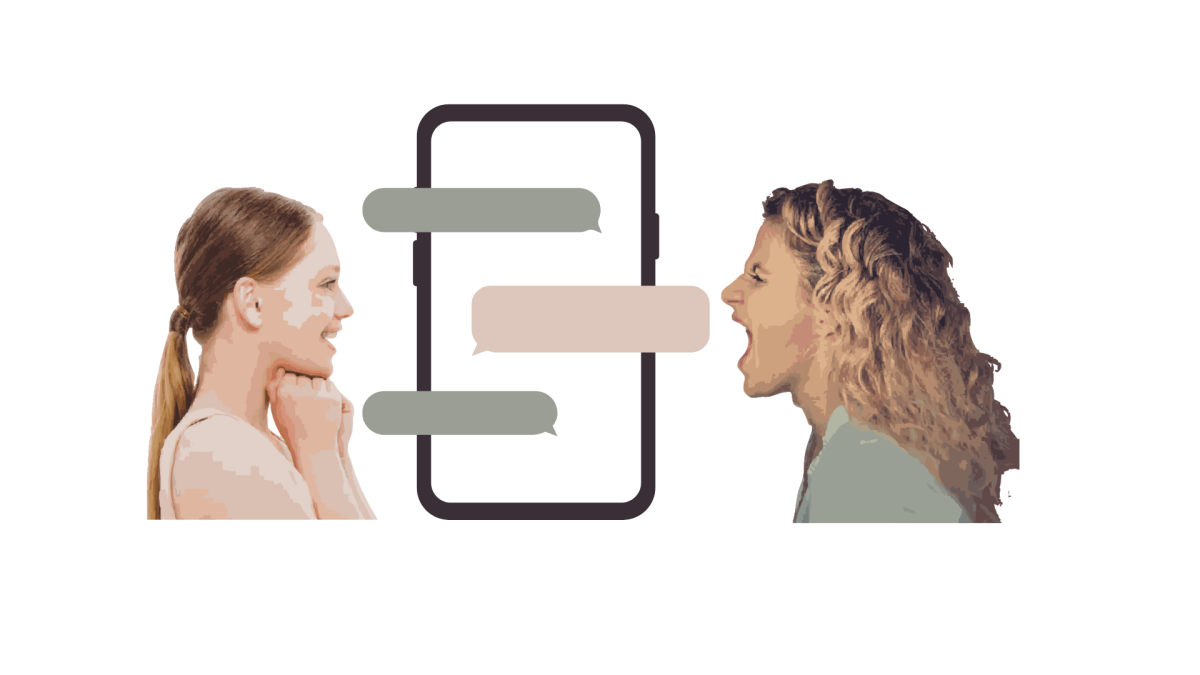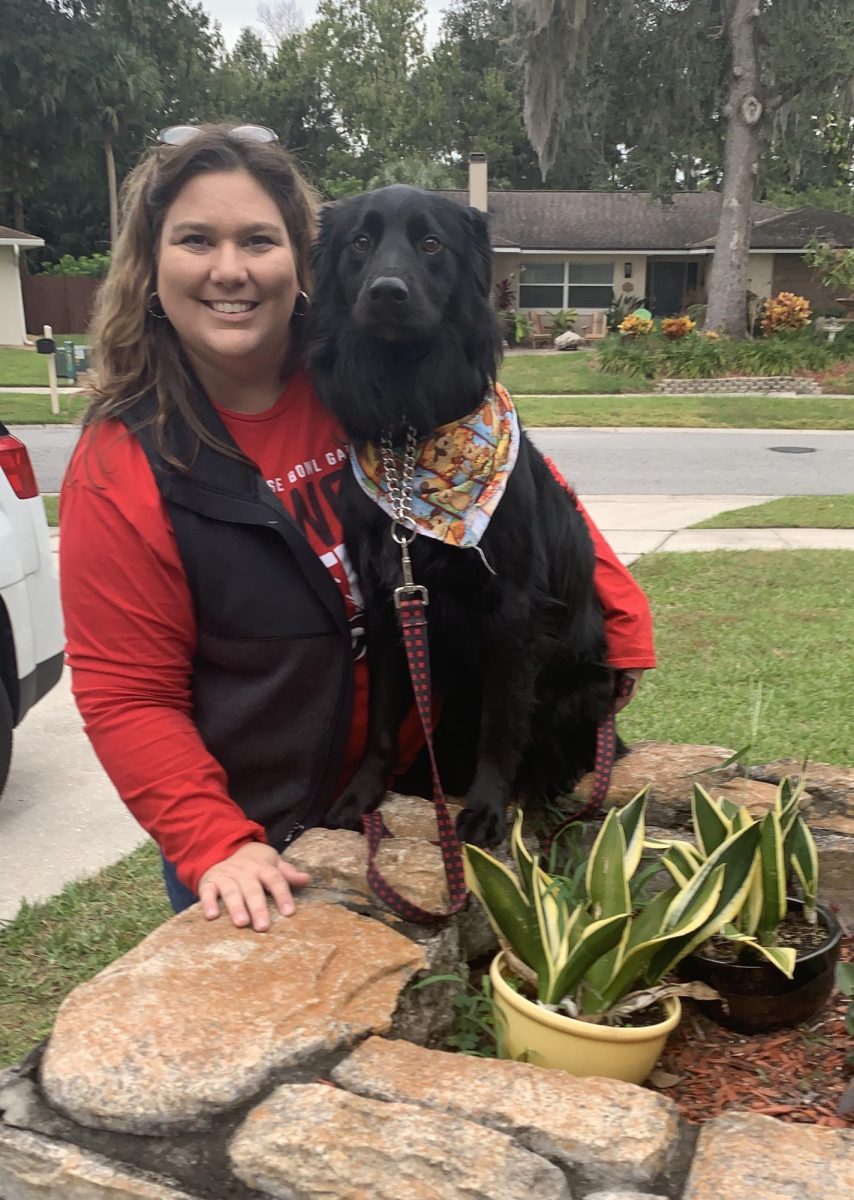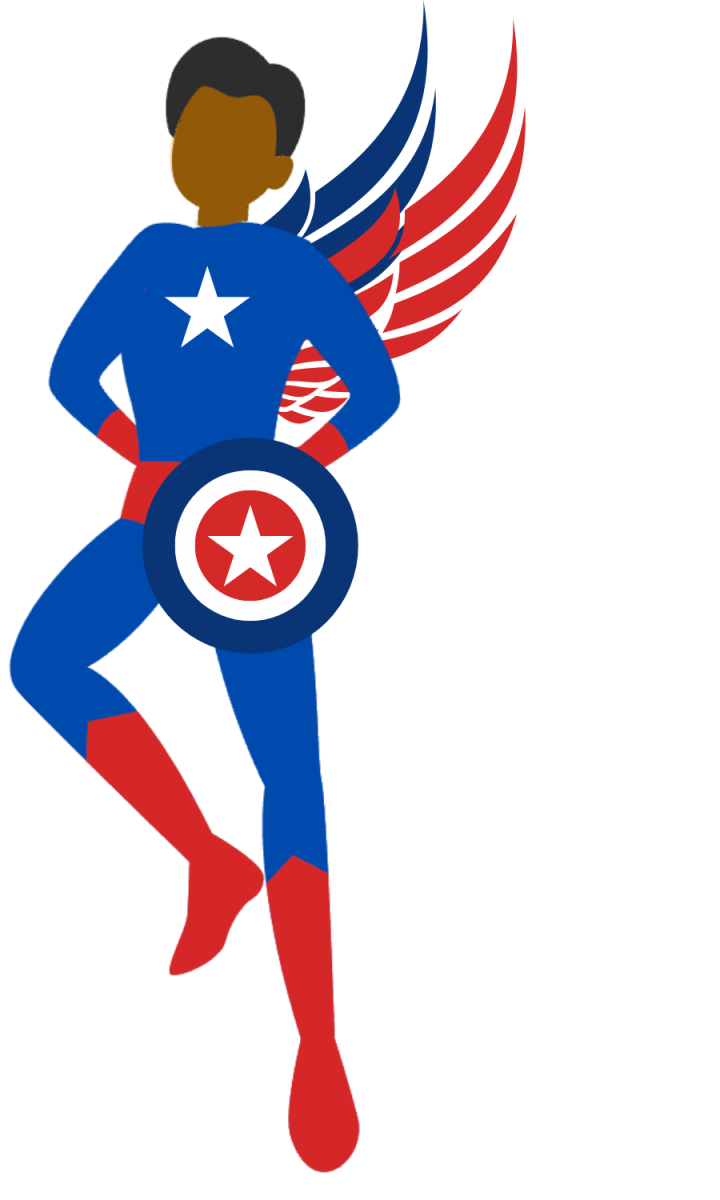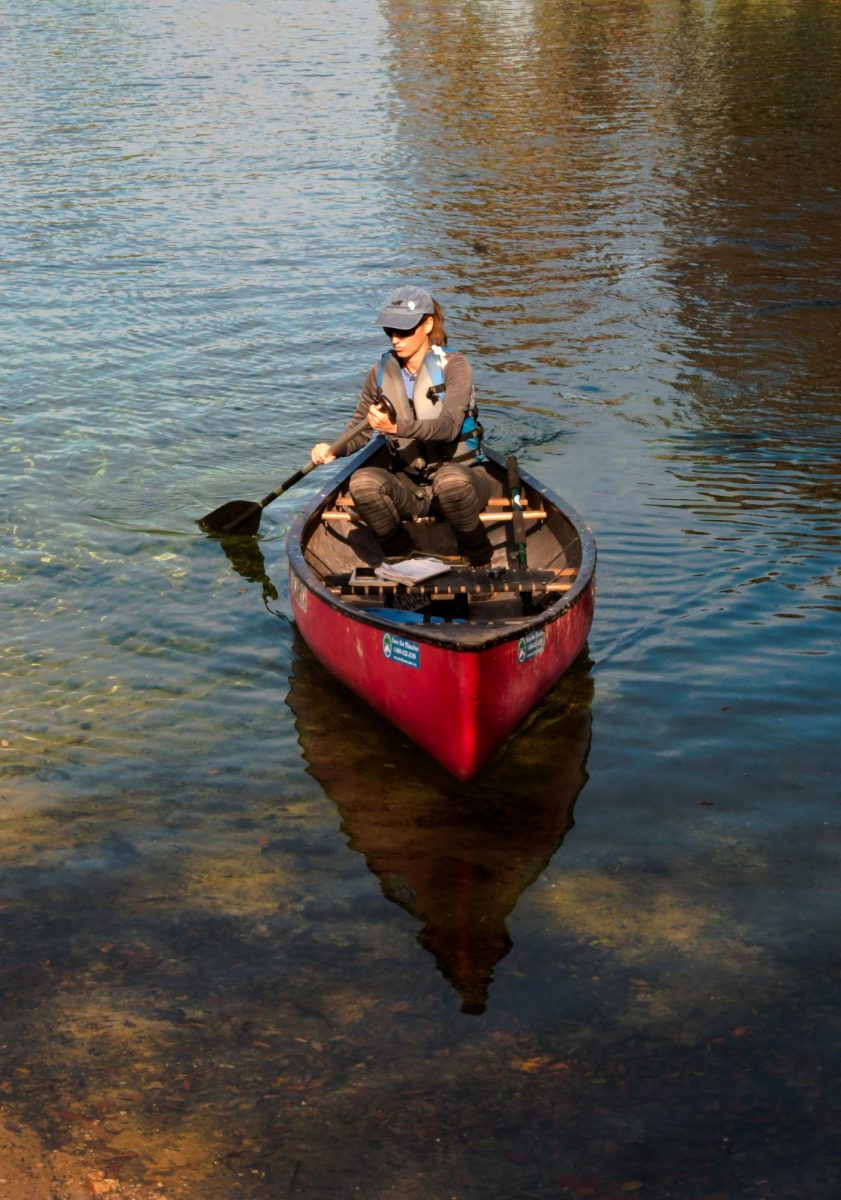It recently hit me that in the next presidential election, my classmates and I will be eligible voters, and many of us have no clue of this power we will possess in this world. In fact, many of us have no clue about the world at all. This problem is not limited to the upperclassman: A 2007 study conducted by Harvard indicated that young people (aged 30 or younger) did not follow news closely despite the plethora of stories that unfold each and every day. Students who listen to the radio as background noise are considerably missing out on developing stories. And though we are considered as the “Internet age,” the limited young people who do consume the news get their news from television.
Some of my peers don’t watch the news because it’s too sad or too confusing. Others are intimidated by politics and avoid the topics altogether—or worse, their ignorance makes them vulnerable to falling sway to another person’s beliefs that perhaps differ from their own.
I’m not innocent in this—I’ve been scrambling to catch up with news stories and political parties for a while now. Although I know that for every ignorant student out there, there’s another who’s on top of his or her current events, the fact is this: there are still a lot of young people out there who don’t understand what is happening in our world. If we want the chance to shape our future world, we need to take this opportunity by the reins.
Fortunately, there is a simple solution. There are so many easy and fun ways to work current events and politics into our very busy lifestyles. While programs like “The Colbert Report” or Saturday Night Live’s “Weekend Update” may be comedic touchstones into the world of news, be careful not to become overly reliant on these funny performances—their purpose is to entertain, not inform. A Pew Research poll published in the early 2000s declared that 21% of people aged of 18-29 years old cited Jon Stewart’s “Daily Show” as the main source for their presidential news. By adding articles and creative rituals to your regular routines, it’ll become quite effortless to stay in the know. We’ll be able to ramp up our critical thinking skills, become informed decision-makers and—most importantly—be comfortable taking the future into our hands.
Retweet if you follow the news
It’s so easy to lose yourself in the realm of Twitter. Between Jimmy Fallon’s Thursday night hashtags and silly friends tweeting their hilarious moments, you can spend hours lost in that endless scroll. If you are addicted to Twitter, it can be pretty easy to work current events and breaking news into your feed. Curate your favorite news sites and follow them.
I have an affinity for NBC news, and therefore follow NBC for breaking news, MSNBC for political developments and NBC Sports so I can at least pretend I know what’s going on in the sports world. Also, BBC World is great to keep on top of events in the world at large. Even by reading a simple, 140-character update, my brain is stimulated by the new information. By keeping the updates brief, Twitter makes it easier to grasp knowledge of current events, rather than shying away from it altogether. Also, the mere exposure to news stories may pique interest in certain topics—consider following additional sources to fuel a burgeoning appetitie.
Develop an app-etite
If you’re a little more serious about getting your news, but still want a condensed story to fit with your busy lifestyle, there’s an app for that. In fact, there are several—and they’re free, too.
My favorite is Circa—it’s new, but it’s free, fast and pretty fantastic. Rather than just congregating articles from the Internet, Circa edits stories to create bursts of factoids, photos and quotes. The more you swipe through, the deeper and more nuanced the story becomes, via short sentences. Quick and clean, it’s helpful for those on the go but still want to know. Apps like Flipboard and Pulse offer more in-depth articles and the control to determine which topics to follow from their broad selection. For the short attention span, Zite is a more aesthetic and specific app: articles are equipped with beautiful images, and stories are curated by personal choices and/or Facebook and Twitter preferences. The more you read, the better suggestions Zite comes up with, so there’s never an incentive to put it down.
I really like Pocket, which allows you to save interesting articles you come across during your day—from a newly curated Twitter to an article on Buzzfeed—and come back to the article later. It’s like a magazine you’ve designed yourself.
Read between the headlines
Congratulations—if you’re reading this newspaper, you’re on your first step to becoming a more involved citizen! Less than a quarter of 18 to 34 year-old Americans read a newspaper every day (Harris Polls). Try to see if you can beat the statistics. Remember when you had to bring in a current events article to social studies class and discuss it? Set that assignment for yourself again and try tackling to read at least one story a day from a “big” paper (New York Times or Washington Post). Journalists will usually address the basic background surrounding political struggles or developing news, so there’s no need to feel intimidated by bold headlines declaring crises you didn’t know existed. In this day, it’s easy to find stories online—try and work these into your routine between classes or after doing homework.
Don’t discount magazines either: my parents took a subscription to Time magazine when I was in fourth grade, and it has since become a staple in our house. It’s so easy to pick it up during breakfast or before bed and thumb through creative and—easy-to-read—infographics that break down complex statistics. Magazines also have the advantage of printing breathtaking pictures that give the creative thinker more insight into today’s events. They say a picture’s worth one thousand words—put it with a well-written article, and you’ll be given more insight than you thought possible.
(Here’s a protip: colleges and universities often want to know what newspapers and magazines you’ve subscribed to during your high school career to see what kind of a student you’ll be at their school. While things like Teen Vogue might be fun to poke through for cute prom hairstyles, they don’t look quite as impressive as Fortune 500 or New York Times Magazine.)
Let’s get political
So you’re armed with knowledge and filled to the brim with current event information, now what? Another facet of becoming an informed citizen is deciding which political measures you agree or disagree with. This can be unbelievably confusing and daunting, but it doesn’t have to be. Pick five topics that interest you or those that are important to you, whether it be healthcare reform, women’s rights, economic recovery or anything under the political sun.
Focus on these topics and make sure you do your research properly. It should be easy, as these should be issues that you are passionate about. Find out what action is being taken in Congress, who is standing up for what, or which party opposes which bill. Slowly a painting of what political party stands for what policies will start to build. You’ll know which Congressmen and women stand up for the ideas you believe in and see if you agree with the rest of their politics.
Don’t be afraid to ask questions. It may make you feel more ignorant than you are, but no one worthy of discussing these ideas with you will think of you that way. Discuss things with people who don’t share your views, and see where you both differ. It helps when you want to understand the controversies surrounding certain hot topics, like health care reform, when you see what exactly makes people upset about the new policies. I’m not saying you have to shout that person down and belittle their views—the purpose of informing yourself should be to help your understanding of the world, not to show off your newfound knowledge. Having as much information as you can garner will allow you to vote for what you approve and begin the process of deciding your future—and the future of the world—with confidence.




